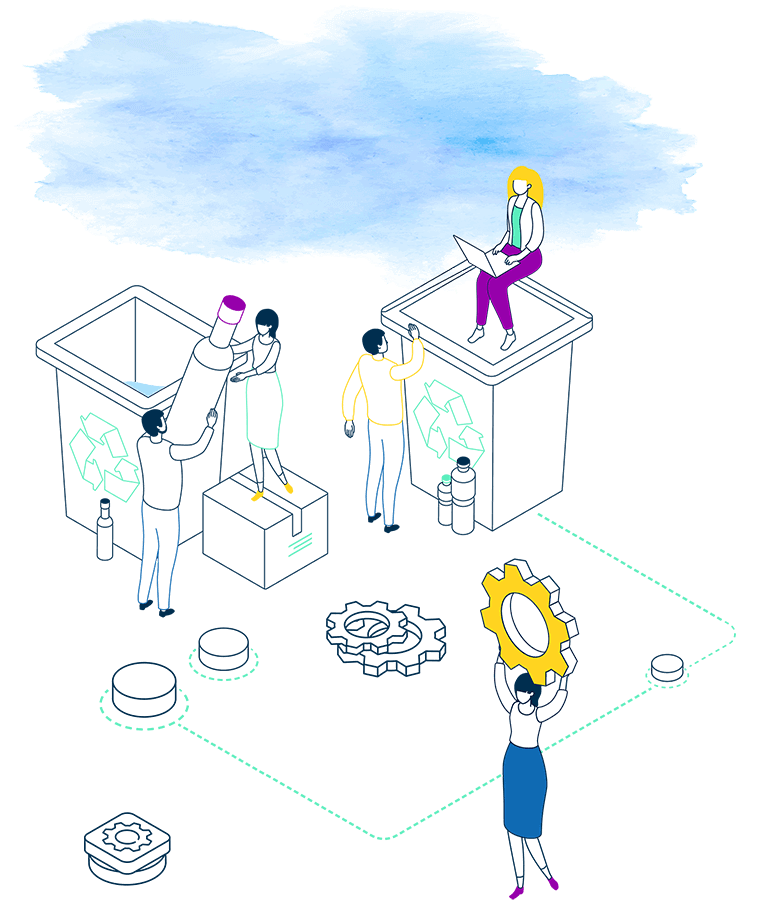Time to Operationalize Supply Chain Sustainability
According to McKinsey & Co., one of the top priorities of CEOs in the new norm is sustainability. It should not be any surprise to supply chain leaders that the top two priorities in supply chain operations are resiliency and sustainability. Resiliency comes with the ability to mitigate risk. This can be done in many ways by establishing new processes and focused attention on taking mitigating steps as well as deployment of systems to identify and potentially prevent unnecessary risks. The latter is possible using underlying patterns in the supply chain and using machine learning techniques to predict potential risks and their causes.
More recently sustainability has been a major focus of leading companies. Most have established organizations and processes to address the issues and planning for the future. However, very few have operationalized their sustainability practice like they have done with quality. Sustainability is not outside of the operations. it must be built into the operations. This means detecting, measuring and improving it every day.
To this end, Adexa’s attribute based planning (ABP) technology can be used to constantly measure and identify trends and patterns of carbon footprint of every plan, every time it is generated. Just like profit, cost and revenue that result from your supply chain plans, it is also possible to project the usage of carbon footprint resulting from each plan. Moreover, ABP highlights which elements in your supply chain are carbon huggers and how they are trending. This is valuable information to see how you are trending as a company that cares about sustainability as well as how your customers, suppliers, and other internal resources, equipment, factories, DCs, are contributing.
Adexa is very proud to be the winner of Supply & Demand Executive Green Supply Chain Award.
Please click here or contact us at info@adexa.com for more information on how we can work together to address this very serious global issue together.



